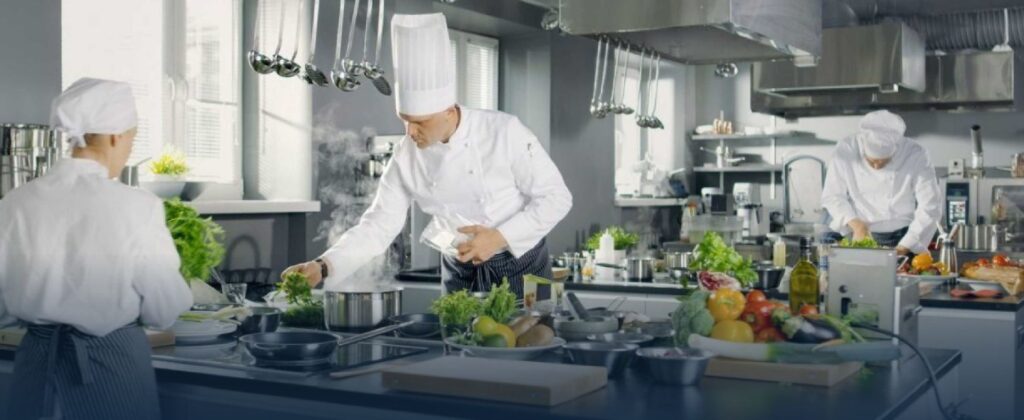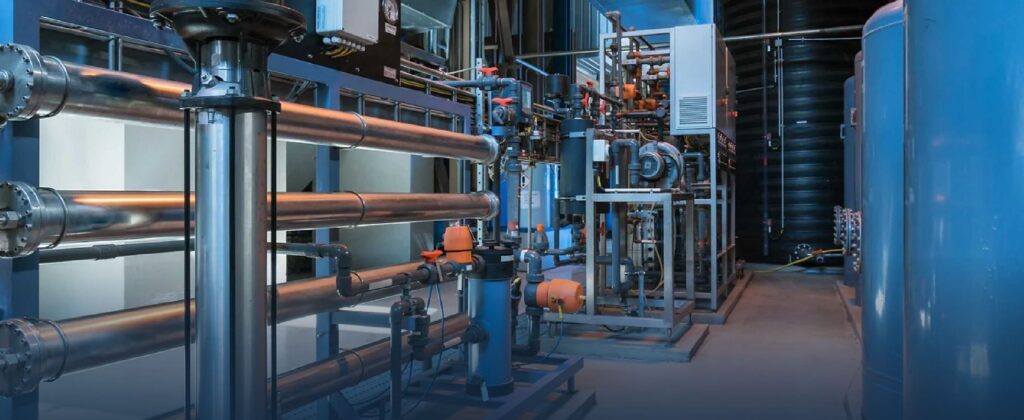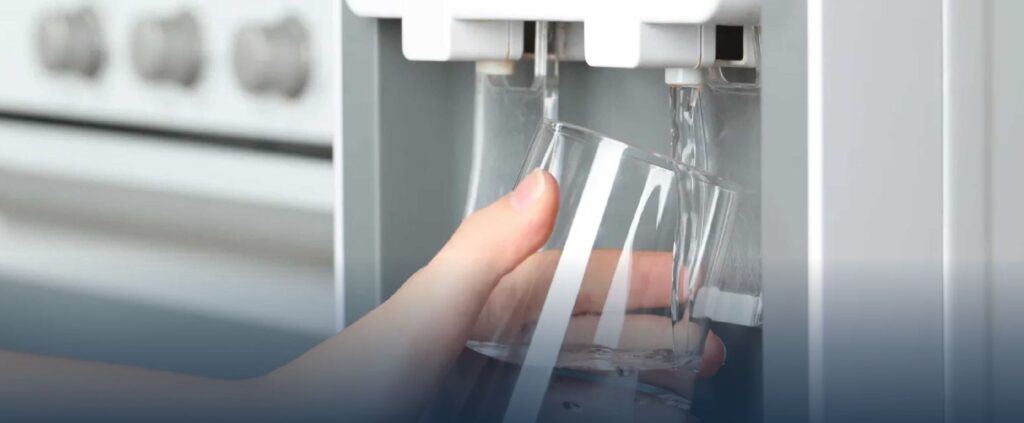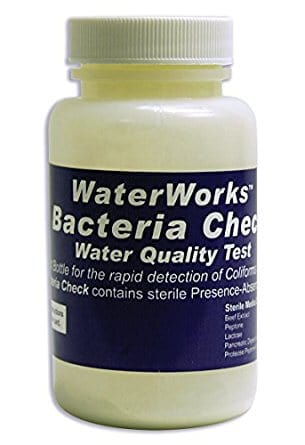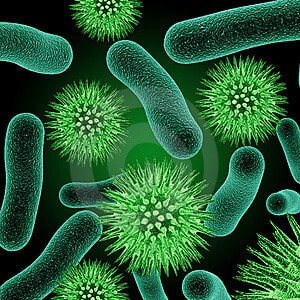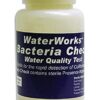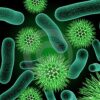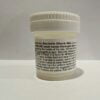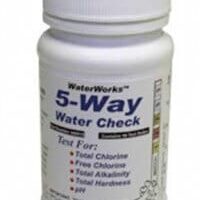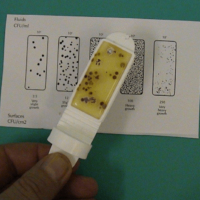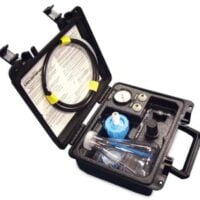Description
Coliform Check Bacteria Water Test Kit
The Quality Coliform Bacteria Water Test Kit is a US EPA compliant test to check for the presence of Coliform Bacteria (including E.coli with the use of a UV light) in water. This kit is designed to measure to the US EPA standard of 1 colony per 100mL of water.
Coliform bacteria are not pathogenic (disease causing) organisms, and are only mildly infectious. For this reason these bacteria are relatively safe to work with in the laboratory. If large numbers of coliforms are found in water, there is a high probability that other pathogenic bacteria or organisms, such as Giardia and Cryptosporidium, may be present. Water authorities require public drinking water supplies to demonstrate the absence of total coliform per 100 mls (about 4 oz) of drinking water.
Private water supplies can potentially be impacted by disease causing microorganims, and that includes rain water, dam water, river water and bore water. These water supplies should be tested at least every 6 months, to ensure the water supply is still safe.
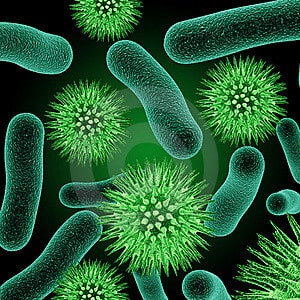
Coliform Bacteria are commonly found in our natural environment and are the most likely source of acute water-borne disease. Globally millions of cases of bacterial illness occur every year, many of them fatal. Even mild cases can result in diarrhea, vomiting, cramps, and other gastrointestinal symptoms. Since contaminated water may not taste or smell “bad”, most cases of water-borne disease are impossible to identify without the correct testing tools and methods. The presence of bacteria in drinking water indicates that treatment of the water is required or if the water is being treated that the treatment methods are not adequate to remove all viable microbes. When treatment fails, drinking water may become potentially toxic.
Pack size: 1, 3 and 12
Sensitivity: 1 colony forming unit per 100 mL
Total Test Time: 2 days at 25°C or 1 day incubation at 35°C
Suggested Target: Nil
Suggested Remedial Action: If you get ANY positive reading on this test it is strongly suggested that you sterilize the water before consuming.
PLEASE NOTE: “Resulting” colours may vary depending on the test. Please refer to the instructions on the bottle for correct positive/negative colouring.
Treatment for bacteria:
Bacteria are removed by disinfection and/or filtration. Filtration alone may not be completely effective, but can improve the performance of disinfectants by removing sediment that can shelter the bacteria. Methods of adding chlorine to water include solution feeders for dry chlorine or liquid chlorine or by feeding gas chlorine directly from 100, 150, or 2000 lb. cylinders. Gas chlorination is recommended only for larger systems that can support the services of a trained water treatment plant operator. Chlorine is normally dosed to a concentration sufficient to maintain a free residual of at least 0.2 parts per million (PPM).
Other disinfectants include iodine, ozone, ultraviolet light, and physical methods such as boiling or steam sterilisation. Chlorination is still the most common disinfection method in Australia, although recent concerns have been raised about the reaction of chlorine with organic matter in water. Such a reaction can result in the formation of trihalomethanes, which are suspect carcinogenic compounds. For most individual water supply systems, the most common form of treatment is ultraviolet disinfection. Ultrafiltration is also able to provide moderate protection for any bacteria and viruses in your water supply.
